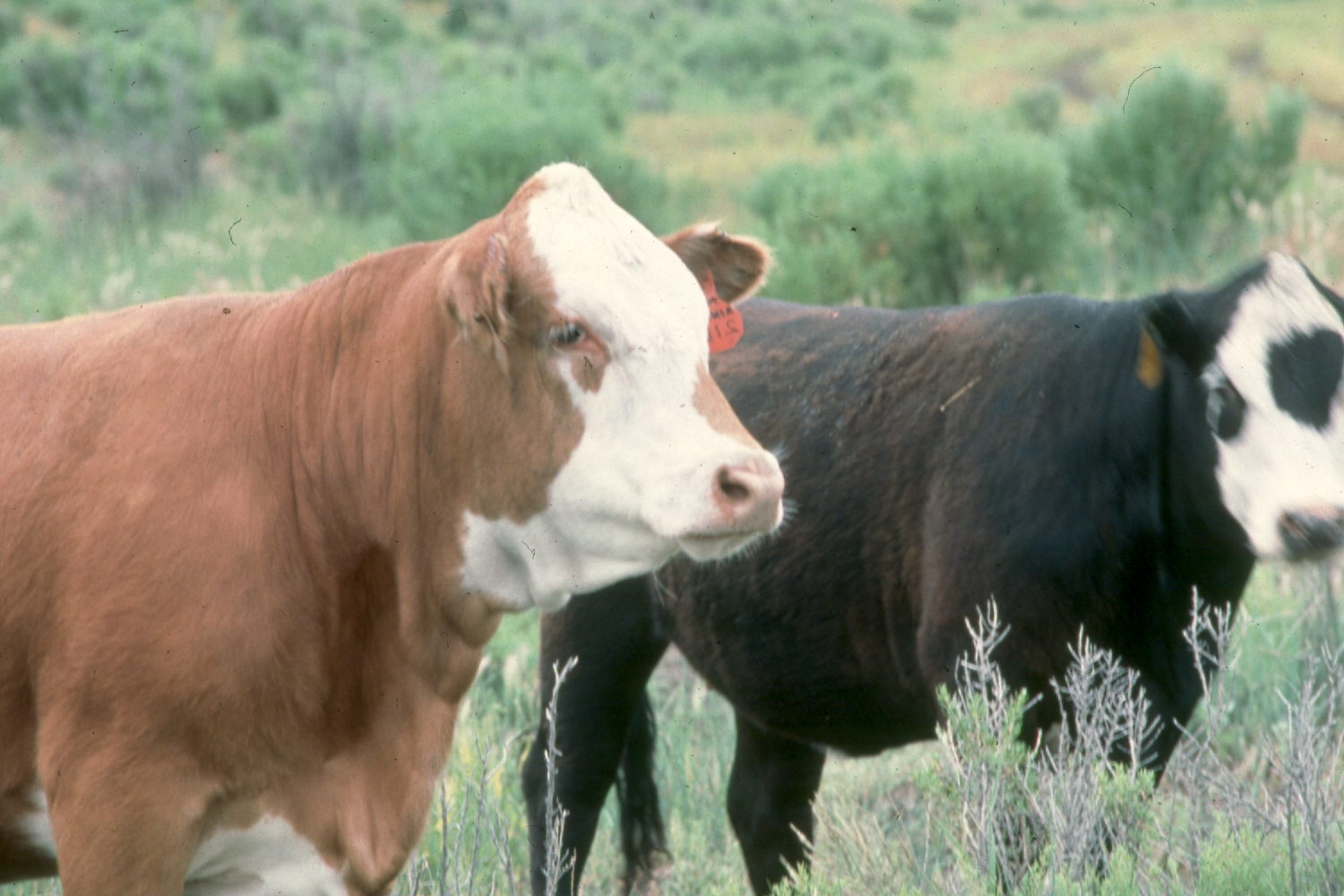-
Attached is a Zoom talk I gave to the Massachusetts Sierra Club on the ecological costs of livestock grazing in the West, but I also provide evidence that livestock production has a serious global impact.
-
Cattle congregating in the riparian area, Chama, New Mexico. Photo George Wuerthner SOIL CARBON AND LIVESTOCK Rangelands make up a large proportion of the Earth’s surface, and the soils hold a significant amount of sequestered carbon (Schuman,G.E et al. 2001). Rangelands are estimated to contain more than one-third of the world’s above and below ground…
-
How many people know that in the state of Washington, more wolves are killed by Native people than any other group? You probably haven’t heard about this, even from wolf advocacy groups. How many conservationists know that Native people are among the staunchest advocates for oil development on Alaska’s North Slope, including in the Arctic…
-
Hatcheries are death on wild salmon. Photo George Wuerthner The Indian Iron Curtain surrounds wild salmon and tribal policy and fishery management. Nearly every tribe in the Pacific Northwest says things like “salmon are sacred,” and they typically assert that salmon are critical to their culture. The problem is that while there is some overlap…
-
Prime pygmy rabbit sagebrush habitat along the Big Lost River where I lived while working for the Challis National Forest. Photo George Wuerthner Years ago, I worked on the Challis National Forest and lived along the Big Lost River in Central Idaho. One of my favorite winter activities was skiing through the big sagebrush…
-
I published this piece in Sierra Magazine in 2017 when the Trump administration reduced the Bears Ears and Grand Staircase-Escalante NMs in Utah due to “local opposition” to the designations. A history review shows that in most cases, there is “local opposition” to park and wilderness proposals. Timid conservationists often cite local opposition to scale…
-
The snag forests that result from high-severity blazes are a unique and critical habitat for numerous species. Photo George Wuerthner I was backpacking with a friend up the Yellowstone River in the Teton Wilderness of Wyoming a couple of years ago. At various times, we passed through areas that had burned severely, likely in the…
-
Approximately a year ago, I wrote the commentary below on the proposal to remove feral horses from Theodore Roosevelt National Park. A new editorial in the Washington Post was published today arguing that these domestic animals, now feral, should be permitted to dwell in a national park dedicated to protecting and enhancing the landscape…
